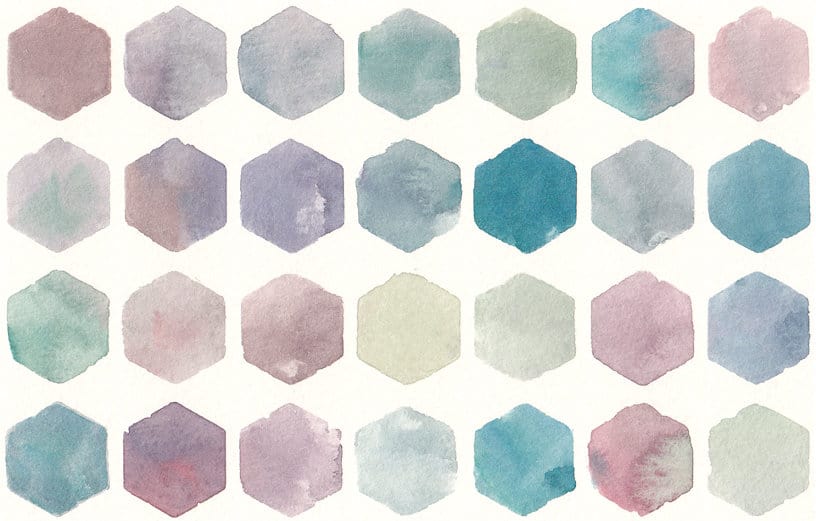Understanding art can appear intimidating to the untrained eye. However, there are several simple key principles of art, and once you understand these, the vast pleasure of art-viewing art, understanding the functions of art and correlating the purpose and definition of art begins to open up before you.
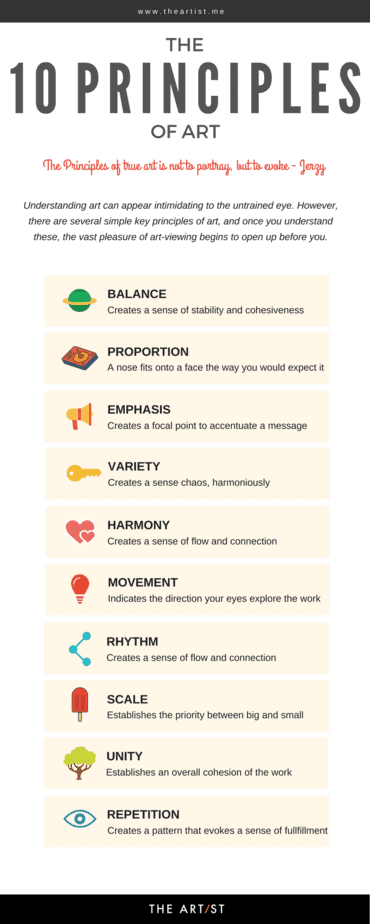
1) Balance
Balance refers to the weight of objects and their placement in relation to each other.
It’s a sense of stability you might feel from elements in alignment. This can take three forms: symmetrical, asymmetrical, and radial.
Symmetrical balance refers to the exact mirroring of objects across an axis (i.e. an invisible line on the page).
Asymmetrical balance is the opposite of this – when objects do not mirror each other perfectly, shifting the balance to one side or the other of the axis.
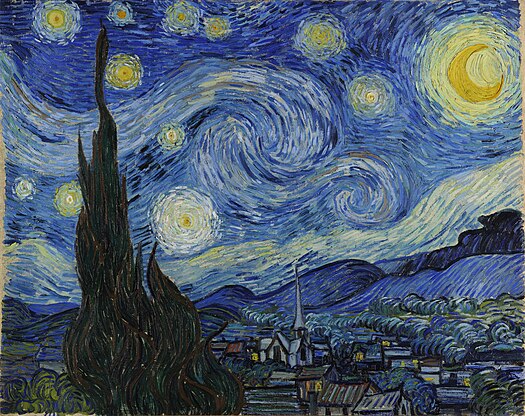
This is often done to highlight an object in relation to another. Radial balance is when objects are distributed all around a central point.
2) Proportion
Proportion is the size of objects in relation to each other, or within a larger whole.
This could be natural (e.g. a nose which fits onto a face the way you would expect it), exaggerated (e.g. a nose that is vastly over or undersized), and idealized, in which parts have the kind of perfect proportion that you just don’t see occurring naturally.
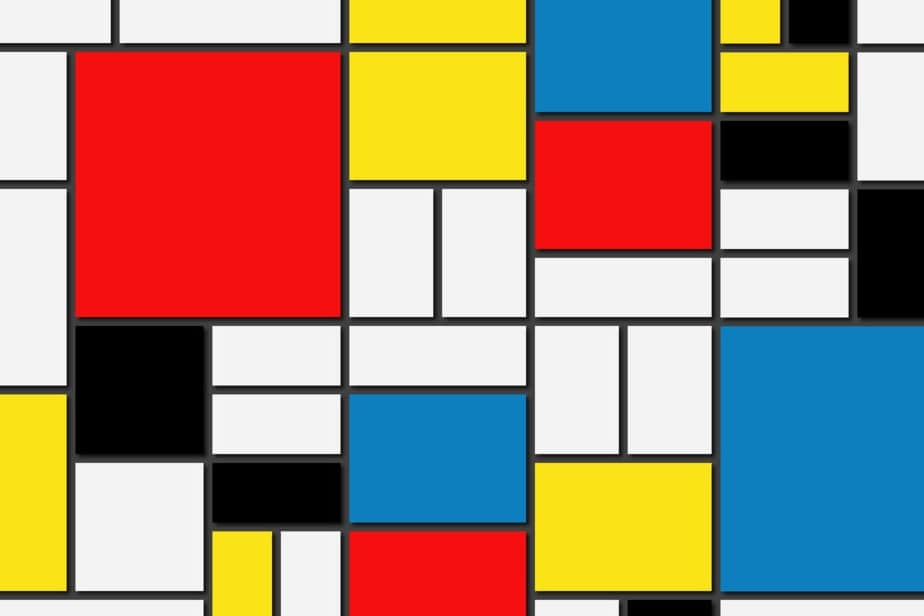
One of the key characteristics of Renaissance Art that changed the world forever is the invention of linear perspective, and proportion is one of the inherent behaviors towards achieving perspective
3) Emphasis
Emphasis is an extension of these first two principles: it is when contrast, placement, size, color, or other features are used to highlight one object, area, or other elements of the artwork.
This is used to draw attention – a focal point – or accentuate a feature.
4) Variety
Variety is a sense of the difference between elements of an artwork – the opposite of unity, or harmony.
Variety adds a sense of chaos to a work, and this is often used to highlight certain powerful emotions. Salvador Dali is one of the artists who have experimented with chaos and variety in his paintings, yet achieved a great sense of perfection.
Who is Salvador Dali? and Which are the top paintings of Salvador Dali?
When unity is used instead, it immediately calms – though this can also lead to being boring!
5) Harmony
In follow on from variety, harmony is the use of related elements.
This might be similar colors, shapes, sizes of objects, etc. It’s about repetition and a relationship between elements. This creates a sense of connection between the objects, creating a sense of flow.
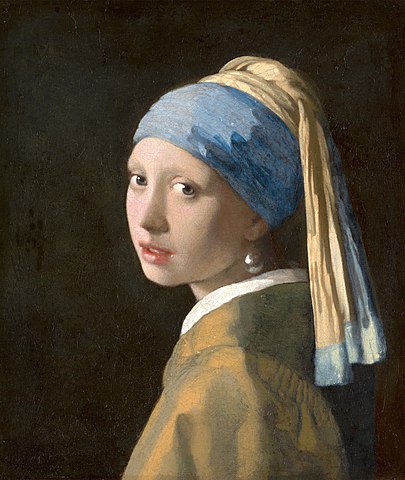
One of the great examples is Titian, the iconic artist often remembered as the Venetian Master of Colour. Titian Paintings Are Truly Stunning, Brings Brightness, and Lustre To His Works Through Brilliant Colors. And, if you look at it, he used the color as a tool to bring harmony to the subject.
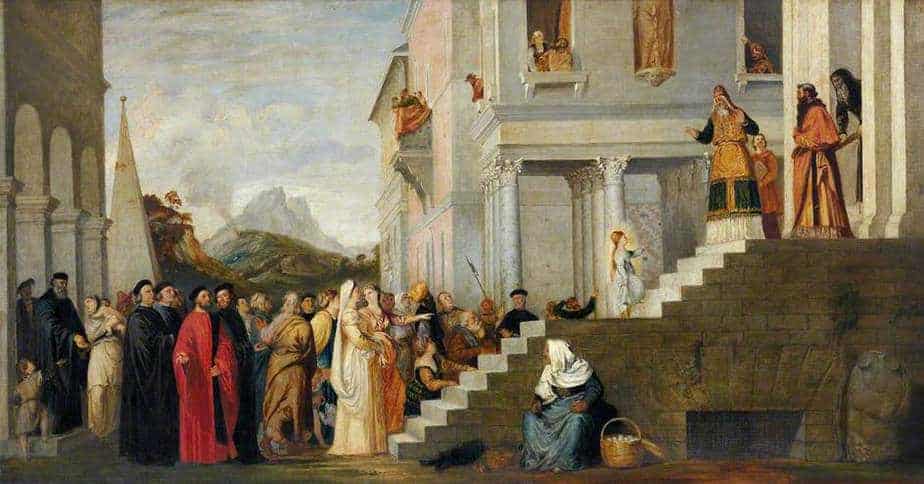
Harmony is one of the most important aspects when it comes to principles of art
6) Movement
This indicates the direction your eye takes as you view the work – in what order does your eye travel? If the emphasis is used, this often means you start with this element first and travel away from it.
The movement inherent in the image is important, as it tells you a story through the use of lines (whether they are literal or implied).
7) Rhythm
This can also be thought of as a kind of relationship between patterned objects.
Rhythm is often the use of regular, evenly distributed elements – they could occur in slow, fast, smooth or jerky intervals, and this tells you something about the feelings invoked.
Like listening to an upbeat pop song versus a slow ballad, the arrangement of notes creates a kind of pattern you naturally respond to. The important part is recognizing the relationship between the objects.
8) Scale
It might sound similar to proportion, but they differ slightly: scale is about the size of objects but in relation to what you’d expect them to be in reality.
If an object occurs in a natural scale, then the object is the size we would expect to find it.
Diminutive refers to an object being smaller than expected, and monumental is when the object is much larger.
9) Unity
Not to be confused with harmony, unity is the overall cohesion of the work.
You might achieve this through any kind of grouping of objects.
Any kind of similarity will help to strengthen the sense of unity you feel when looking at a series of objects.
10) Repetition
This is the pattern itself.
A combination of shapes, colors, or other elements recurring across the composition.
Objects might be repeated such that they slowly get smaller, or slowly change color – where the pattern starts and stops is important! Patterns usually evoke feelings of security and calm.
In all, these ten principles of art combine and contrast to create the effects we respond to visually. By breaking down the elements, we begin to understand more about the intention or meaning of art.


